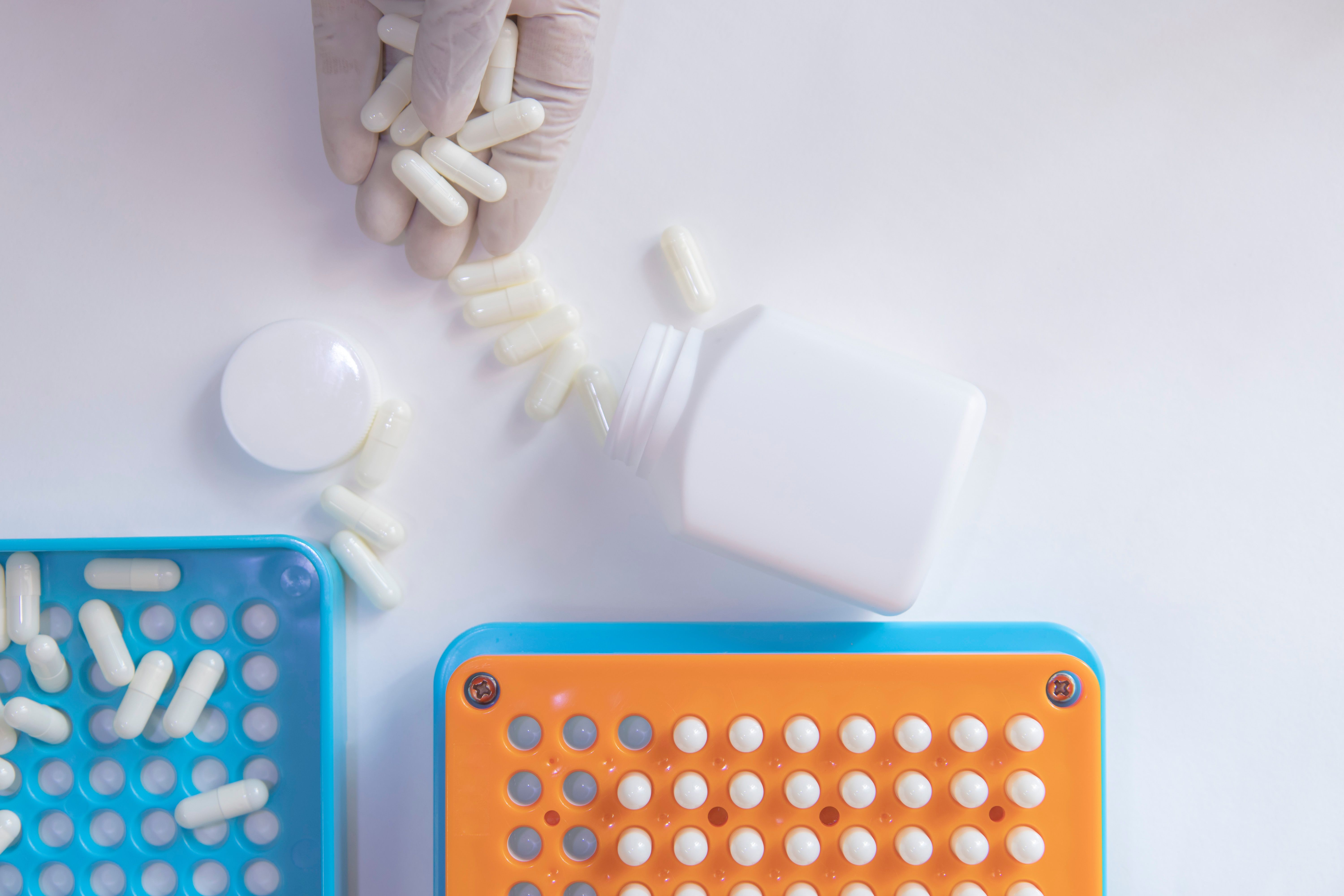Article
A How-To on Helping Senior Patients with Diabetes
Author(s):
Research demonstrates that pharmacists can make a difference for patients with diabetes.
Research demonstrates that pharmacists can make a difference for patients with diabetes. With results from the landmark Asheville Project leading the way, pharmacists have been working closely with patients to help them achieve their glucose control goals for many years.
In 2007, the Health Resources and Services Administration (HRSA) created a collaborative to demonstrate that pharmacist intervention makes a significant difference in diabetes. This program, the Patient Safety Clinical Pharmacy Services Collaborative (PSPC), targets complex patients who are uninsured or underinsured through community health center care teams that employ medication therapy management (MTM).
The journal The Consultant Pharmacist includes a study in its May 2017 issue that shows pharmacists who are certified diabetes educatiors and provide diabetes self-management education in conjunction with MTM can help elderly patients improve their HbA1c and increase safety.
The researchers, based in an independent community pharmacy located in Maryland, engaged in interdisciplinary teamwork with referring prescribers, respiratory therapists, and durable medical equipment specialists. Pharmacists also contacted additional health care providers—especially nutritionists—as needed. They connected patients with services for compression stocking or diabetic shoes, medical equipment, and other services for comorbidities.
The researchers examined data related to high-risk Medicare beneficiaries; these were elderly patients (aged 65 years or older) who had type 2 diabetes (T2D) and HbA1cs exceeding 9%. Patients also qualified if they had experienced 3 or more hypoglycemic events in the 6 months before the study commenced.
Sixty-one Medicare beneficiaries were included in the final evaluation, with approximately half of them enrolled because of elevated hemoglobin A1c levels. The remainder qualified due to hypoglycemia episodes. In the year before the study commenced, 64% of patients had not been educated formally about their diabetes.
The services they provided were based on the American Association of Diabetes Educators' practice recommendations. The services included 1 hour of personalized counseling and 9 hours of intense group education.
In the first month of the study, only 3% of patients in the elevated glucose cohort's remained with HbA1c's greater than 9%. The researchers maintained this level of achievement through the end of the study.
The number of adverse drug events fell by almost half compared to the baseline rate.
The most common problem found during MTM was use of extended release sulfonylurea formulations, and use of metformin in elderly patients in whom it was contraindicated.
This project helped diabetic patients develop skills to self manage their diabetes. Concurrently, patients had better blood glucose control and fewer adverse events and hospitalizations. Pharmacists and community centers who employ these practices can help elderly patients improve their health and quality of life, the researchers concluded.
Reference
Twigg G, Motsko J, Thomas J, David T. Pharmacist-managed diabetes center interventions ensure quality and safety in elderly P]patients. Consult Pharm. 2017;32(5):299-310.





